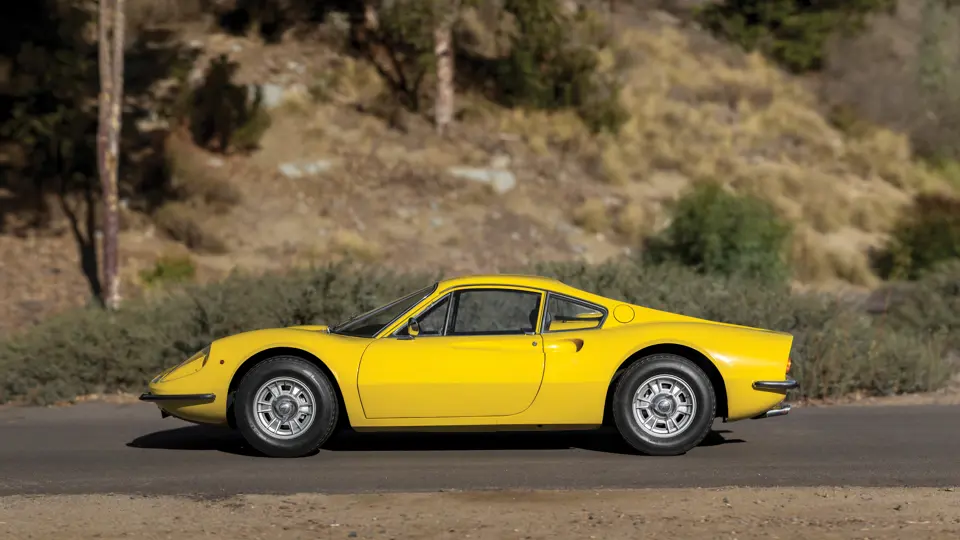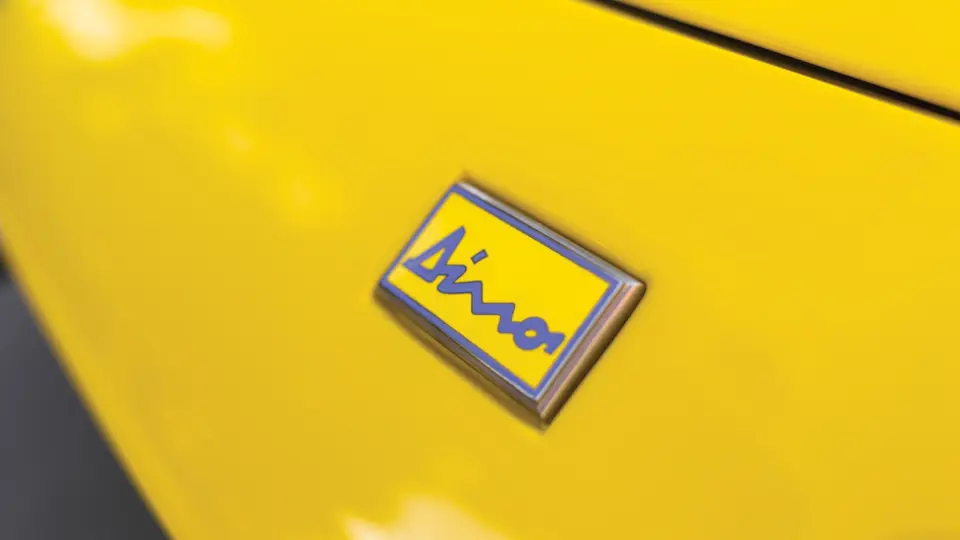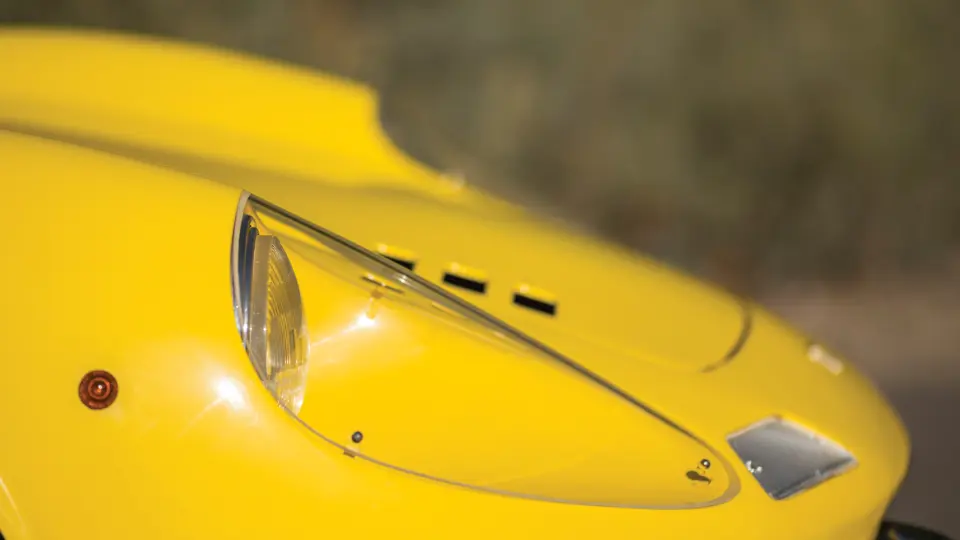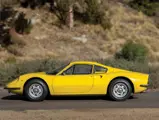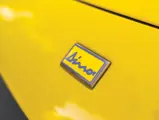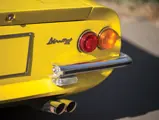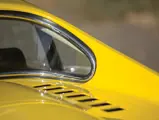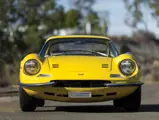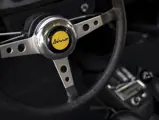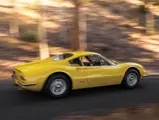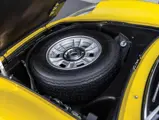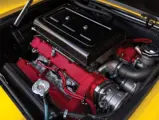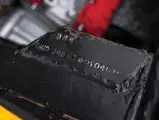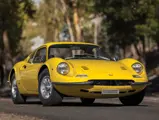195 bhp, 2,418 cc DOHC V-6 engine, five-speed manual transmission, front and rear independent suspension with A-arms, coil springs, and telescopic shock absorbers, and four-wheel ventilated disc brakes. Wheelbase: 92.1 in.
The Dino model, originally introduced as a Ferrari co-brand created in tandem with Fiat, was a groundbreaking offering that established numerous firsts for Ferrari; it was the first Maranello production car to feature rear-mid engine placement and the first to employ a V-6, ideas both drawn from the 206 S and SP prototype racecars of the mid-1960s. Enzo Ferrari’s son, Dino, had been one of the engine’s principal proponents prior to his passing in 1956, and thus, he was honored as the new car’s namesake.
The engine’s racing pedigree was only part of the production Dino’s appeal though, as the new 206 GT was clothed in dazzling Pininfarina-designed coachwork. The body, built by Scaglietti, reconciled curvaceous 1950s styling with the wedge motifs that would soon dominate sports car design. The Dino also demonstrated impressive balance during tight handling, thanks to its near-even weight distribution, a dividend of the race-proven rear-mid engine placement.
The first debut of the concept form took place at Geneva in March 1965 as the 206 S Speciale, and the Dino entered series production in 1967 with the 2.0-liter engine. After a short run of 150 cars, the 206 GT was updated in 1969 with a larger 2.4-liter motor, a displacement that remained unchanged until 1974. The 246 GT was ultimately built in three separate iterations known as the L-, M-, and E-Series.
The L-Series served as the direct successor to the 206 GT and was built from March of 1969 until October of 1970, accounting for only 357 total examples and considered by connoisseurs as the “bridge” between the 206 and 246 GTs. As such, these early-series cars retained many visual features normally associated with the original 206, arguably making it the purest-form 246 GT produced during the model’s run. Many details abound that exemplify this notion, such as the more purposeful 206-style seats and dash, center-lock knock-off wheels, a deeper passenger footwell with folding footrest, a wood-rimmed Nardi steering wheel, and numerous other small distinctions. Perhaps most significantly, the L-Series cars featured lightweight alloy doors and decklids, a contrast to the heavier all-steel bodies of the later M- and E-Series cars.
This desirable late-production L-Series Dino 246, chassis number 01040, is recorded by Ferrari historian Jarrett Rothmeier as having been completed by the factory on August 27, 1970. It was finished in Rosso Chiaro (20-R-190) with a Nero (161) interior and was supplied within the next few days through Italcar S.p.A. to Holtim Italiana S.A.S., a real estate and construction management concern in Torino, where it was used by Masera Fernando until 1973.
The car next passed to the Di Lorenzo family, who kept it for 10 years, and then to Gallina Maria, also of Torino, meaning that it has remained within the city since new. In more recent times, the Dino has been one of the prized possessions of Luciano Bertolero, an esteemed Ferrari expert who dedicated five years of painstaking restoration work to this 246 GT. The car is now finished in Giallo Fly and is offered with a copy of its original Italian libretto.
This Dino, of one of the most desirable variants, will happily fill a gap in the collection of the most seasoned Ferrari connoisseur or be an exceptional example for the budding enthusiast.




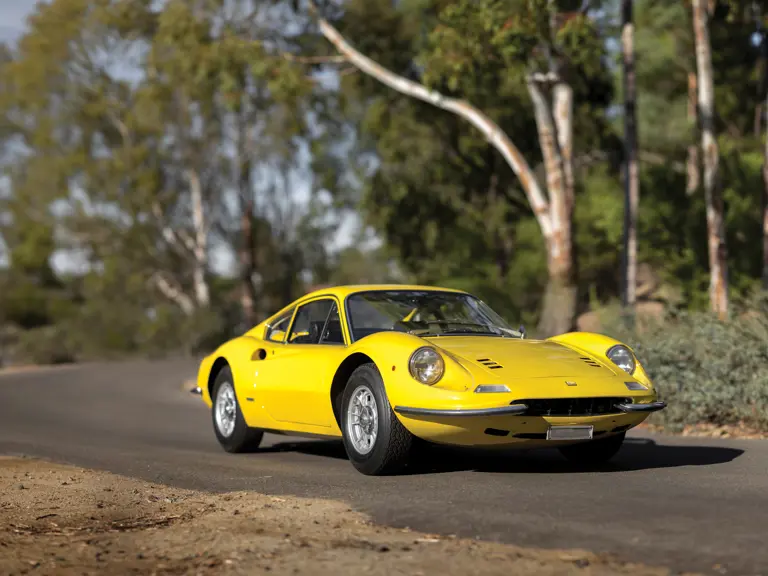
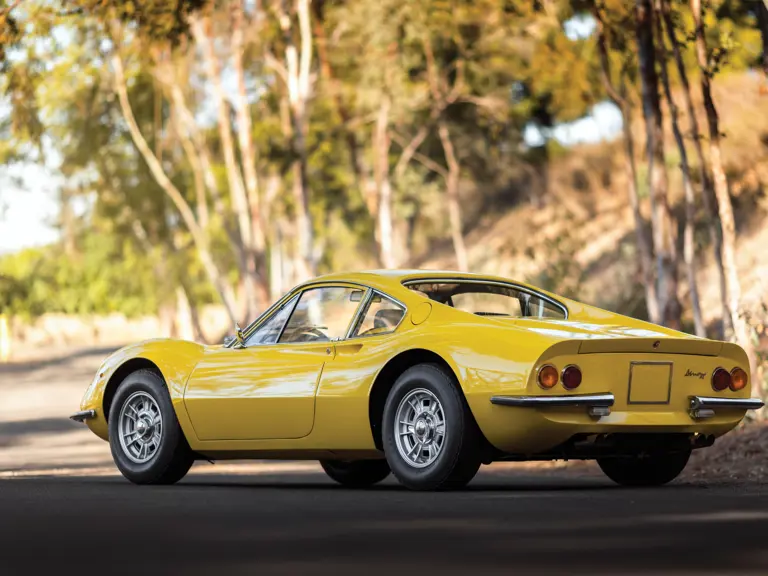
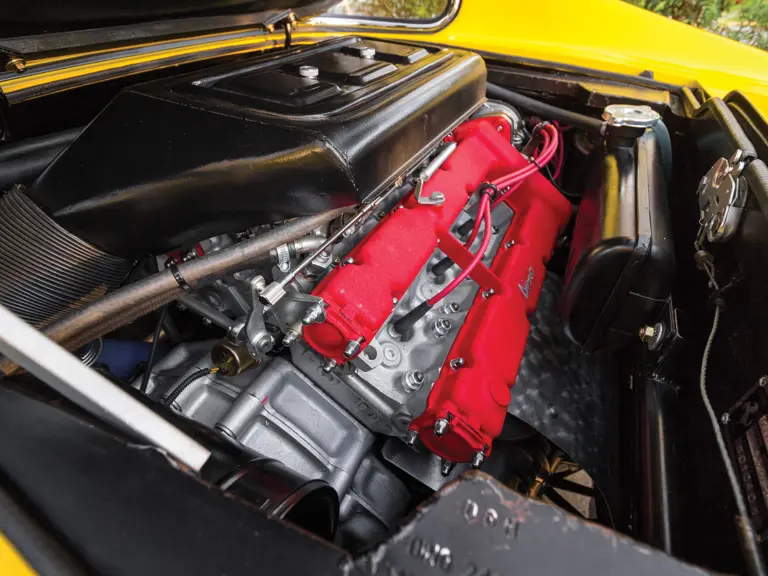
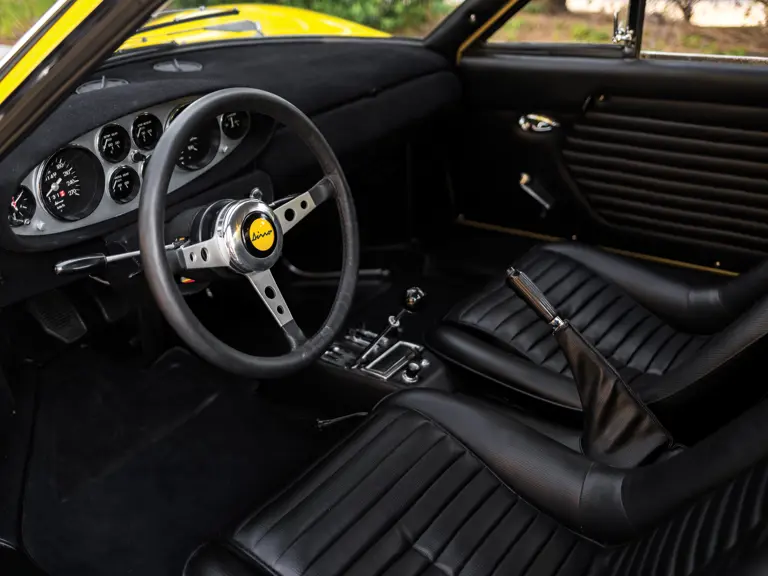
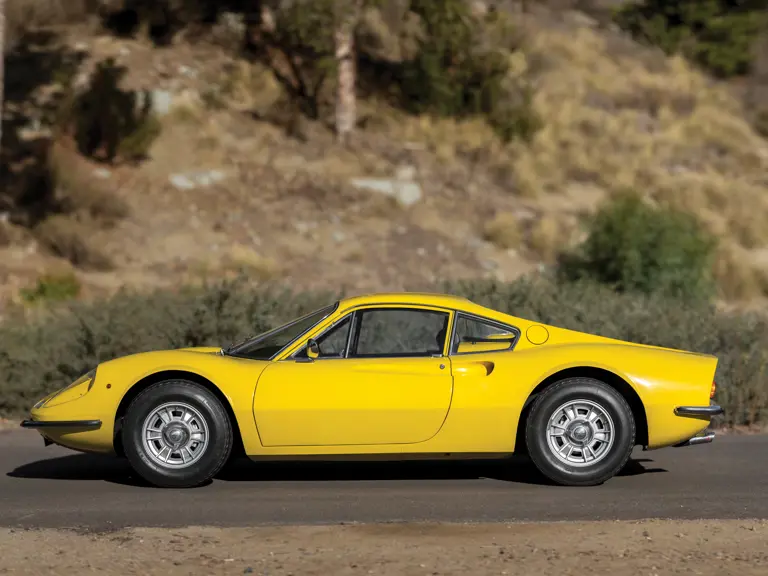
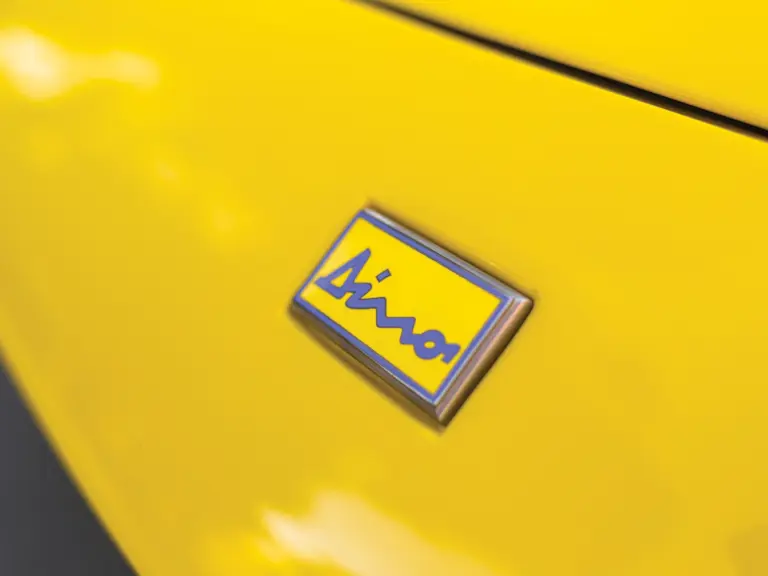

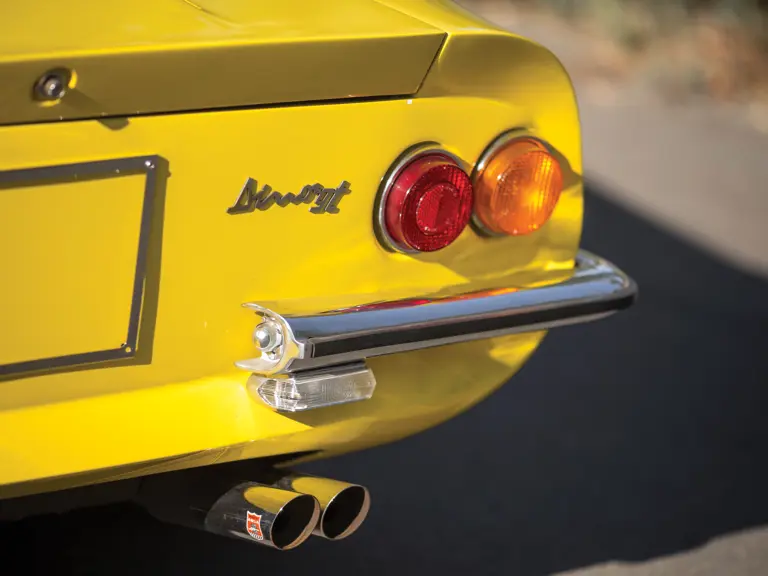

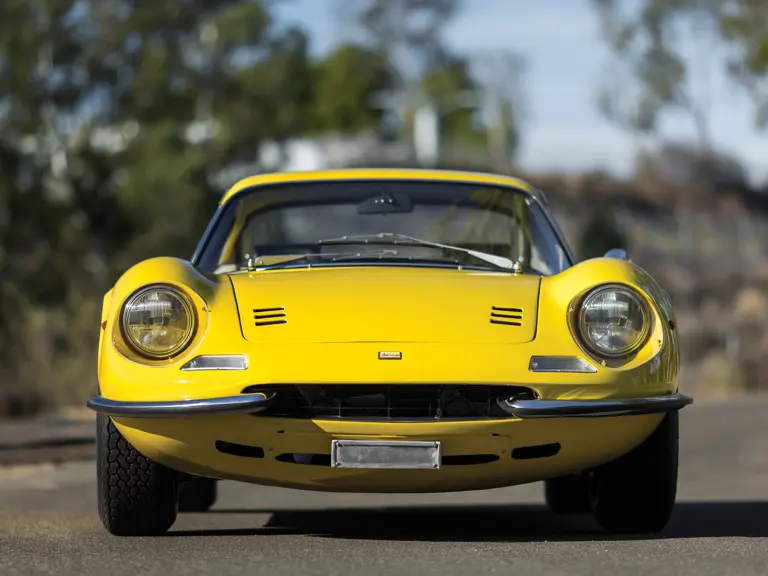

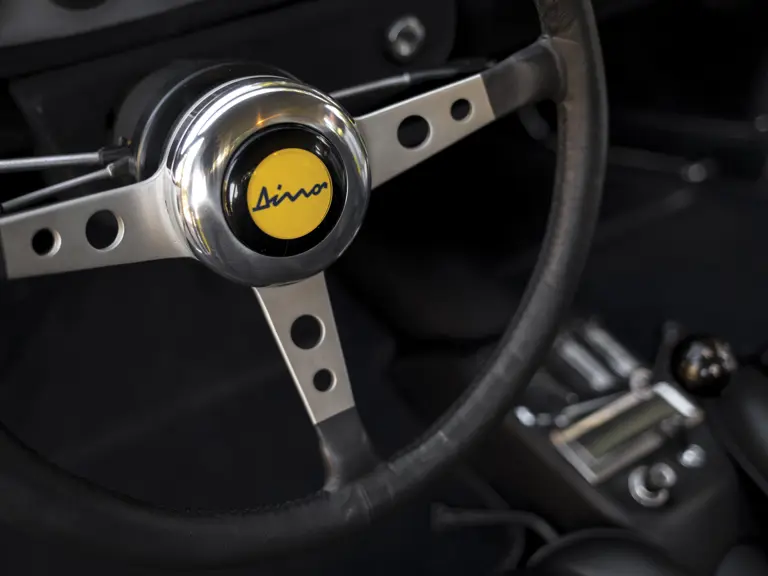
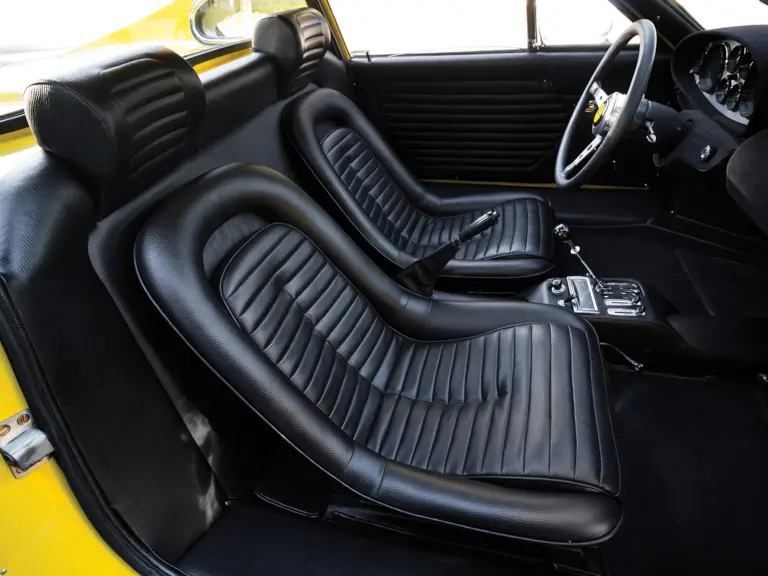
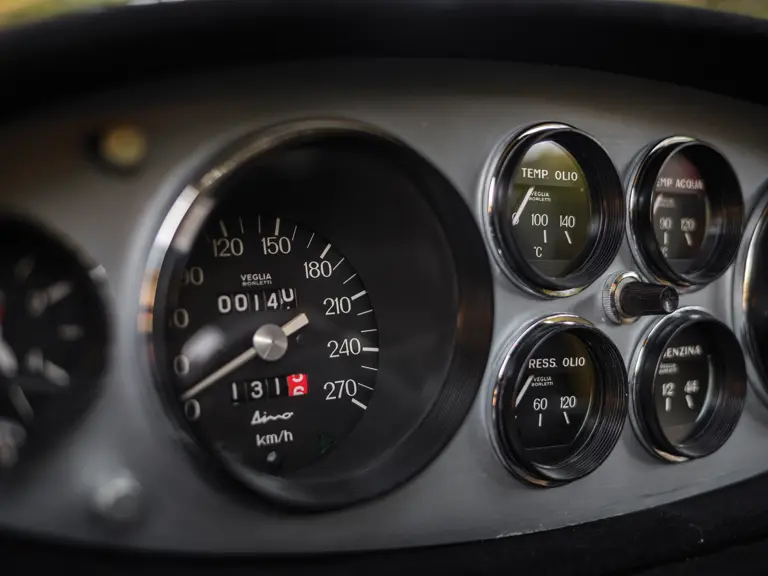


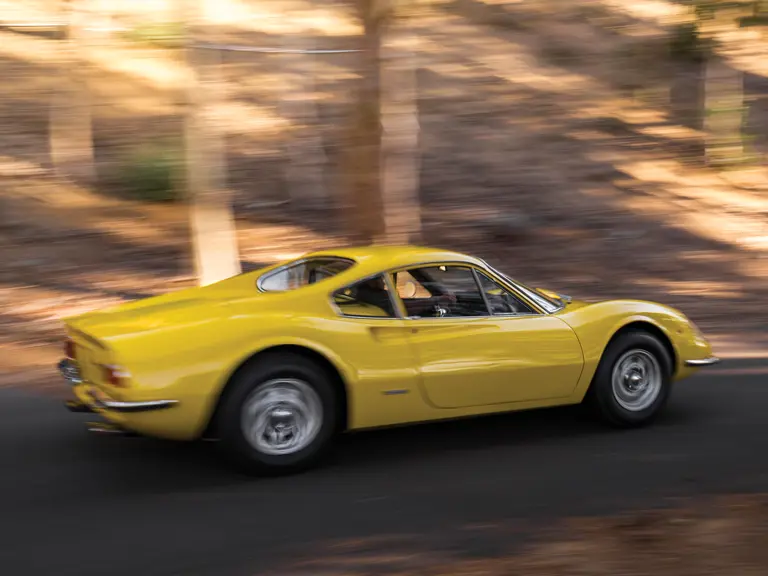
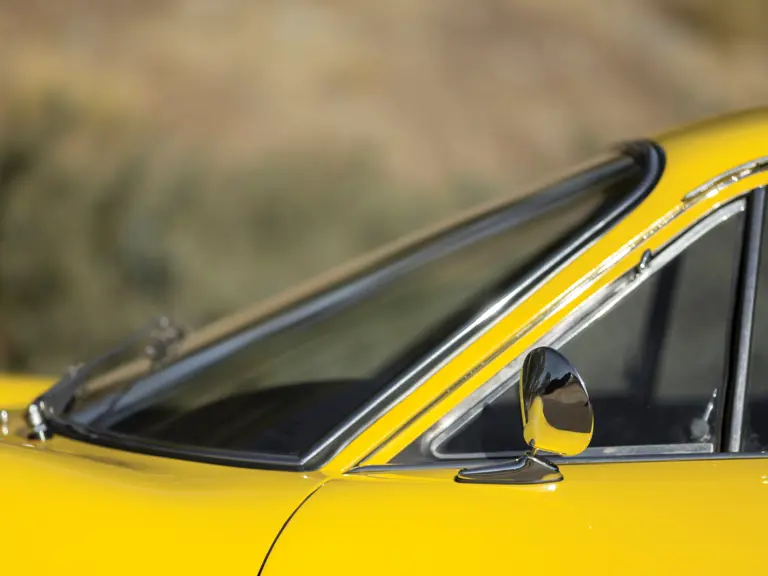




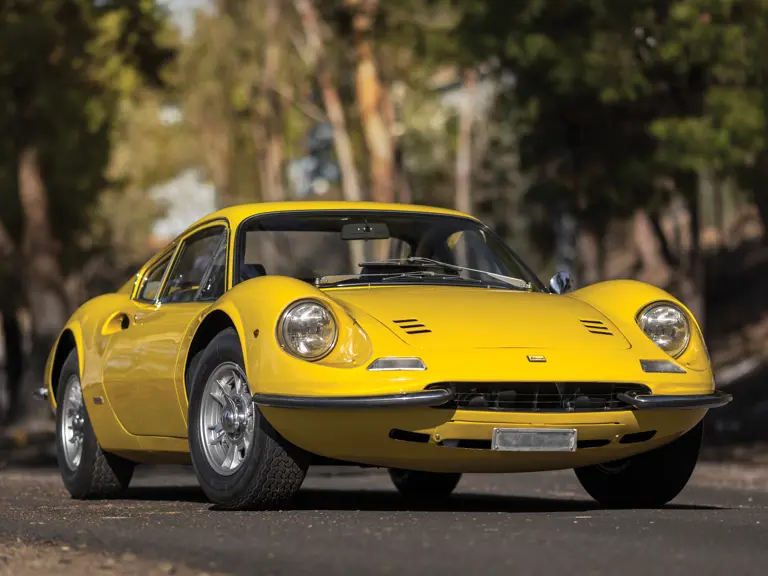
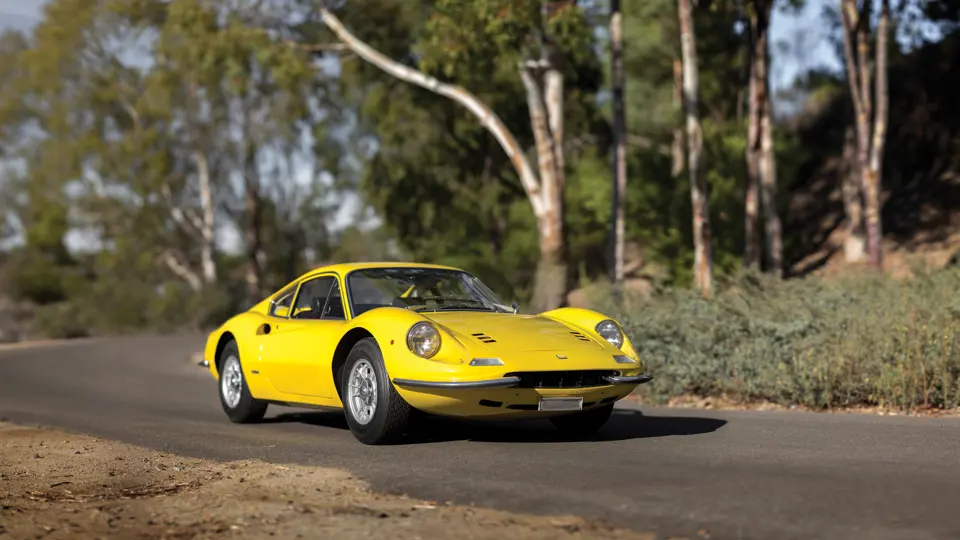
 | Phoenix, Arizona
| Phoenix, Arizona
